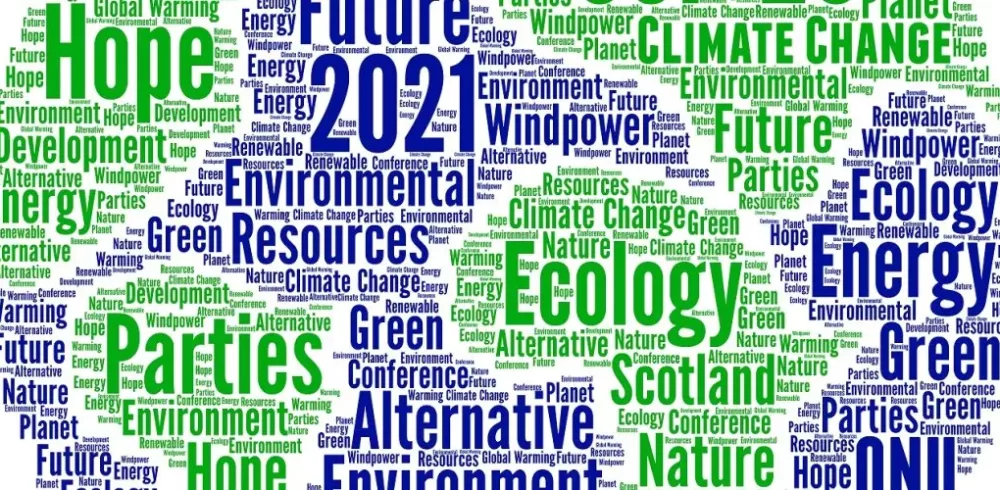COP26: Tackling Biodiversity and Climate Change : Biodiversity is the most vital feature of our plant. It enables functioning ecosystems that provide essentials like oxygen, clean air and water. Without it, we wouldn’t be able to survive.
Despite its importance, biodiversity is continuously being destroyed by humans. From changing land use and overexploiting of resources, to converting natural habitats and moving animals and plants around the world. We have disrupted the balance of biodiversity significantly over centuries. And this has been a key topic of conversation at COP26 in recent weeks.
A double threat
Climate change has been at the top of the COP26 agenda, but biodiversity losses are just as important to consider. The ecology crisis that we currently find ourselves in is not just impacting animals and their natural habitats, but it is also threatening the ecosystems that we rely on.
As Leah Gerber, director of the Center for Biodiversity Outcomes at Arizona State University, pointed out in a pre-COP26 interview, “nature is in a state of collapse, and science shows that we face a surging climate crisis and an unprecedented biodiversity crisis.”
Put simply, we cannot tackle one, without acting on the other. We need to take a co-ordinated approach to tackling climate change and biodiversity loss – the issues are intrinsically linked.
This is evidenced by the fact that climate change is now the third highest cause of biodiversity loss. They go hand in hand.
Protecting and restoring nature for the benefit of our climate has been one of the main focuses at COP26. One of the four goals set at the start of the summit was to ‘adapt to protect communities and natural habitats’ and ‘protect and restore ecosystems’.
Biodiversity on the COP26 agenda
Significant progress has been made at COP26 in relation to biodiversity. More than 100 global leaders have made a commitment to halt deforestation. They have pledged to stop the damaging process by 2030 and begin restoring and regrowing the world’s forests.
Forests remove carbon from the atmosphere in a highly efficient and cost-effective manner, absorbing around 30 per cent of global emissions. By destroying them, we are damaging the ecological balance of the planet.
The pledge will see 110 nations, which represent 85 per cent of the world’s forests, work towards six goals, which include developing sustainable agriculture, investing in and facilitating trade which prevents land use change, and supporting communities across the globe.
Canada’s Environment Minister has also committed 20 per cent of its $5.3 billion international climate fund to nature-based solutions in developing countries over the next five years to limit biodiversity losses.
Beyond COP26
COP15, the convention on biological diversity, saw its first part take place virtually in October. The event saw global governments come together to sign the Kunming Declaration; a post-2020 Global Biodiversity Framework, which aims to reverse the current loss of biodiversity and ensure that biodiversity is put on a path to recovery by 2030.
Details of the 10-year framework will be the topic of discussion at the second part of COP15, which is due to reconvene in Kunming in China in April next year. It is hoped that this will accelerate global action against both climate change and biodiversity loss.
The future of the planet
Many people fear that these commitments are all talk and no action, and only time will tell how serious global leaders are about safeguarding our planet for future generations. But the intention is most certainly there, and the general public are becoming increasingly aware of their responsibilities to minimise their impact on the environment.
As Sir David Attenborough said in his opening speech at COP26, “What we do now, and in the next few years, will profoundly affect the next few thousand years”.
It really is a pivotal moment for our planet, and we must use our power of influence to reverse the devastating impacts on our world’s biodiversity.
____
Manufacturing & Engineering Magazine | The Home of Manufacturing Industry News













